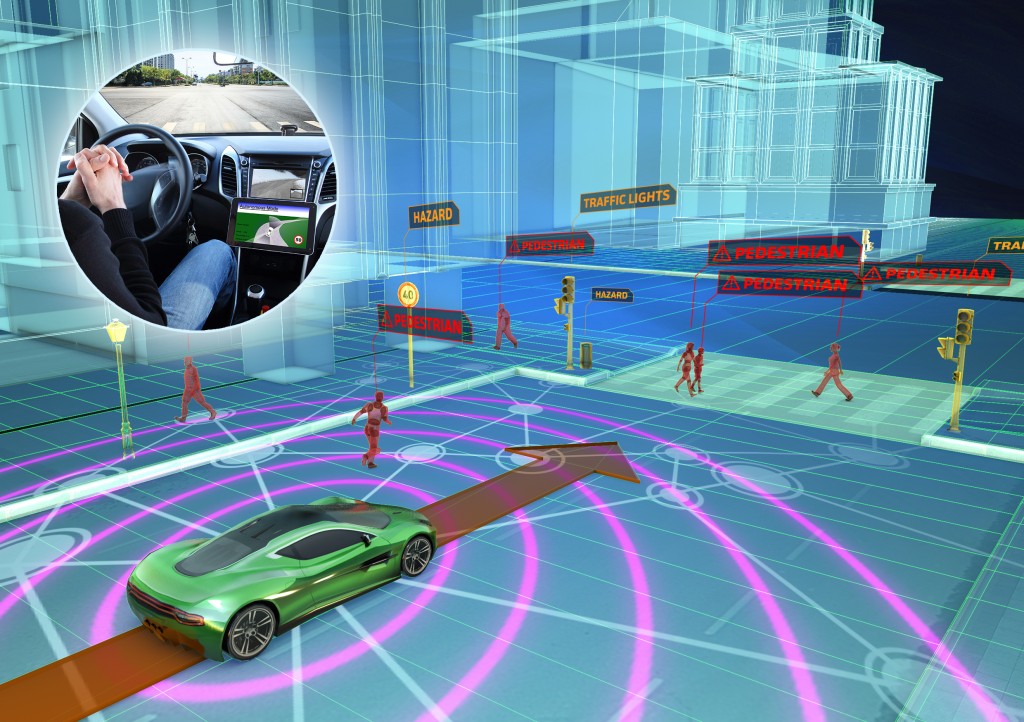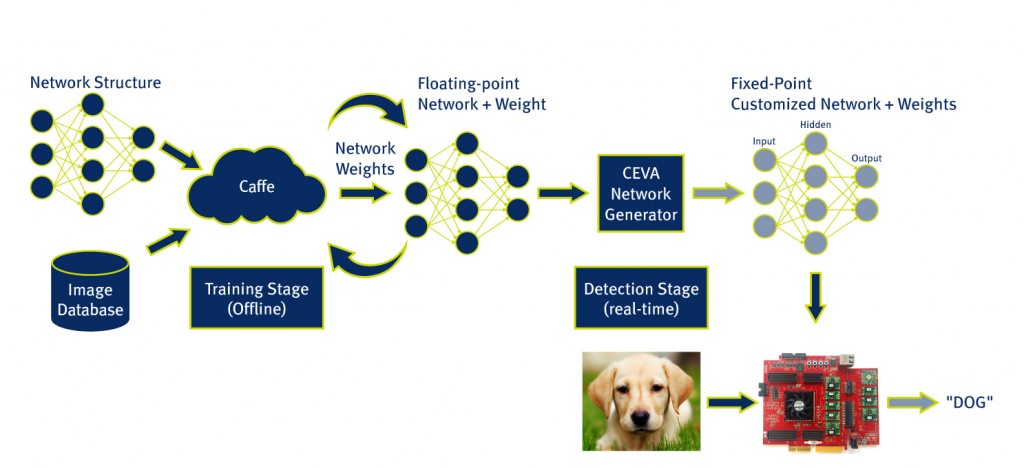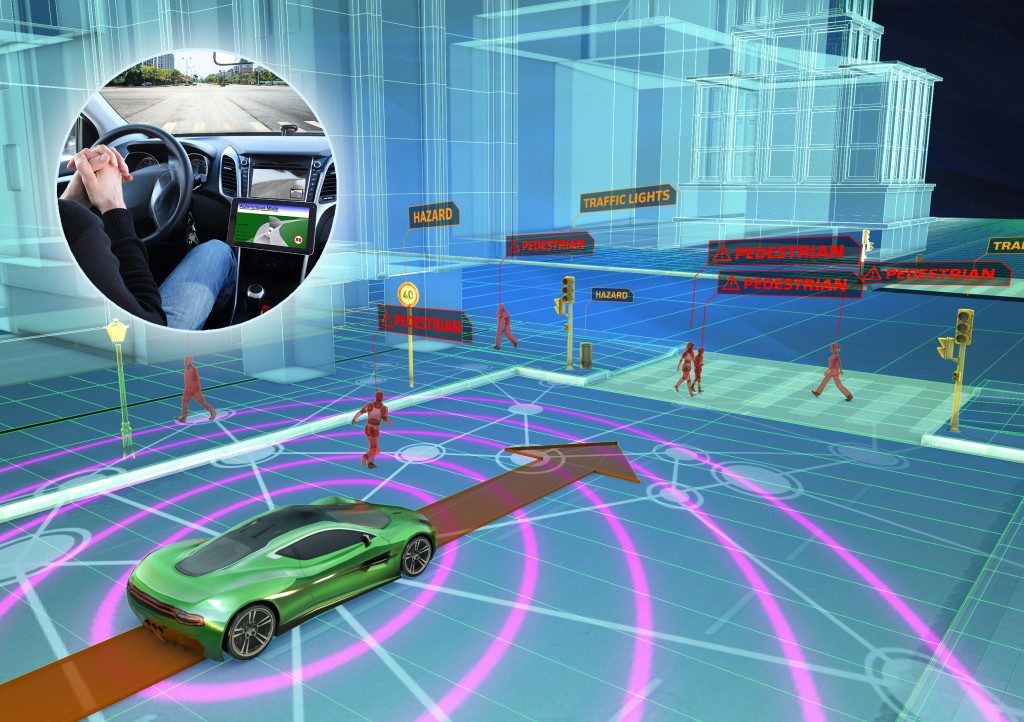This blog post was originally published at CEVA's website. It is reprinted here with the permission of CEVA.
There have been few technological movements in automotive that feel as revolutionary as the one we have in front of us today; Autonomous Driving. These days, it’s discussed far beyond the automotive industry – open any technology or lifestyle magazine on the newsstand and it’s pretty much guaranteed there will be an article discussing the advances in car safety or the march towards the truly autonomous vehicle. I’ve recently returned from a European automotive tour where I met with many of the companies who are propelling autonomous driving forward. In the many conversations I had, the advances of autonomous driving were always at the forefront. Being an automotive industry veteran, I am very impressed by how far we’ve already come since autonomous driving was but a dream driven by a few technological disrupters such as Google, Tesla and others. Autonomous driving is now being directly addressed by every major automobile manufacturer, Tier 1, and a number of new entrants into the automotive electronics field.
I attended the Autonomous Tech.AD conference two years ago in Detroit and most of the discussions were about the potential hurdles facing autonomous driving, such as government support, liability, and technical capability. Since then, we’ve had governments clear the path for autonomous test drives on public roads, automobile manufacturers address questions of liability, and a number of major electronic players developing solutions to move autonomous driving from a dream into a reality.
For an industry that is generally characterized by outsiders as slow moving, I am quite proud of how much red tape has been overcome in such a short amount of time, not to mention the level and pace of innovation that has taken place to get to this point. We’ve seen Tesla introduce its Autopilot feature as a software upgrade, major technological leaders such as Intel and NVidia have significantly invested in automotive, and companies like Google, Volvo, Audi, General Motors, and Toyota (to name a few) have demonstrated advancements in their self-driving capability.

Figure 1. Artificial Intelligence in autonomous driving
What may be most surprising from these key events is that autonomous driving has moved beyond the research and development phase into wide scale adoption by car manufacturers that supply automobiles to the masses.
As we move on from the basic questions of “why” and “when” with autonomous driving, we’ve uncovered some unique challenges in the “how” of autonomous driving. Part of the answer to “how” is in the recent developments of Artificial Intelligence (A.I.) and Deep Learning as a key component in the realization of autonomous driving. These technologies have taken the industry by storm and are now the key focus of the influential companies shaping our driving future. Within this field, Convolutional Neural Networks (CNN), a form of artificial intelligence that is modeled after the cognitive processes of the human brain, has taken the lead in object identification because of its ability to perform well in the pattern recognition. CNNs are able to effectively recognize vehicles, signs, pedestrians and hazards.
With the emergence of CNNs in automotive there have been innovations in not only the networks themselves, but in the availability of development platforms that provide the computational power to develop effective and efficient networks. Although these platforms have provided the means to develop neural networks, the next challenge arises as to implementing them into a system that is cost-effective, flexible and efficient. The benefits that make these platforms optimal in development don’t always translate into embedded systems that are needed for higher volume productions and wide scale adoption. In the automotive embedded environment an optimal platform needs to be efficient, cost effective and flexible. Development platforms are often flexible and quite powerful, but fall short when it comes to cost and efficiency.
CEVA has developed a unique software framework for Deep Learning called CDNN (which stands for CEVA Deep Neural Network). The main idea behind this software framework is to enable easy migration of pre-trained Deep Learning networks into real-time embedded devices while running efficiently on the CEVA-XM4 Vision DSP. In many ways, CDNN and the CEVA-XM4 Vision DSP are the missing pieces of the puzzle for automotive manufacturers. Now they have access to the technology that allows them to implement these autonomous driving systems in the mass-market, in a cost and power efficient manner.

Figure 2. CDNN Workflow
With all the excitement and revolutionary change we have in front of us, at CEVA we have an inherent understanding in not only the importance and expertise when it comes to Deep Learning, but also how to successfully migrate this from the development phase into a scalable, embedded system. We’ve not only innovated in providing the vision processor IP cores that are optimal for CNN, but also developed the tools, framework and development processes that bring these systems to reality. Together with our customers, we’re addressing the next major challenge in moving autonomous driving into the fast lane.
By Jeff VanWashenova
Director of Automotive Market Segment, CEVA


